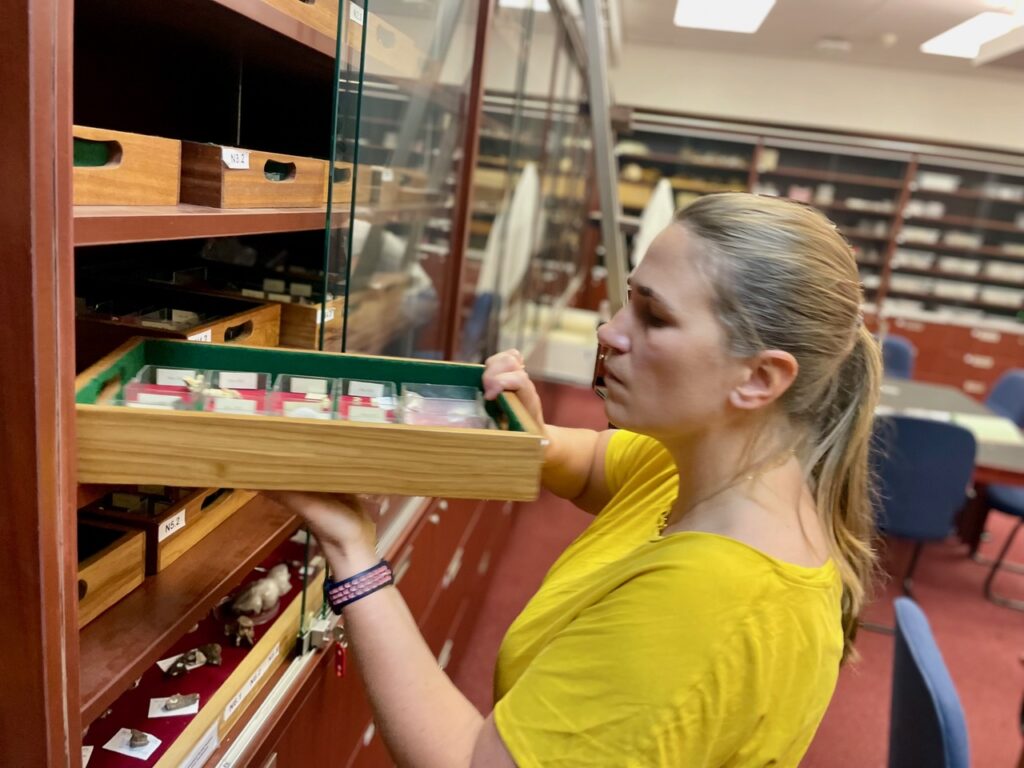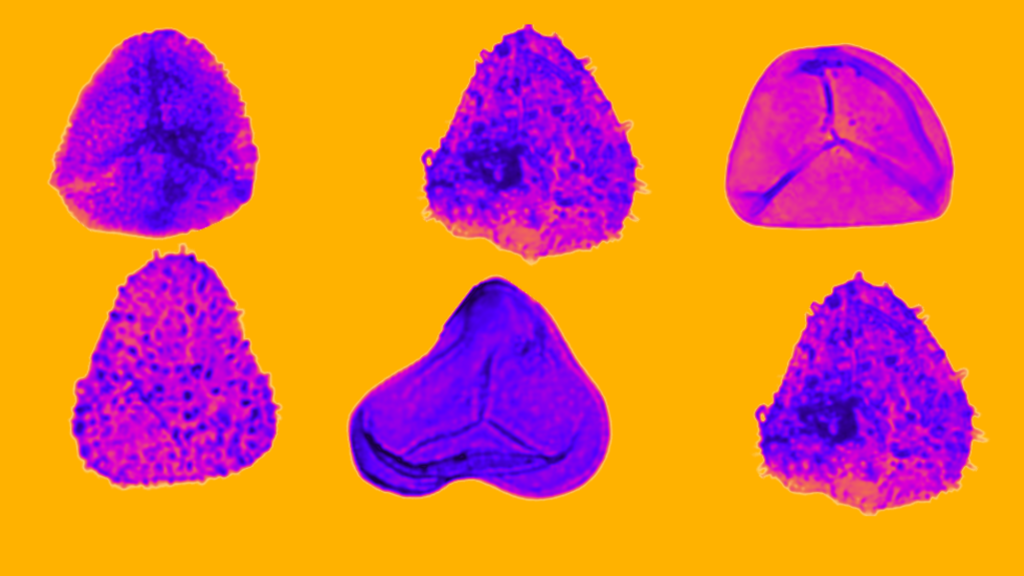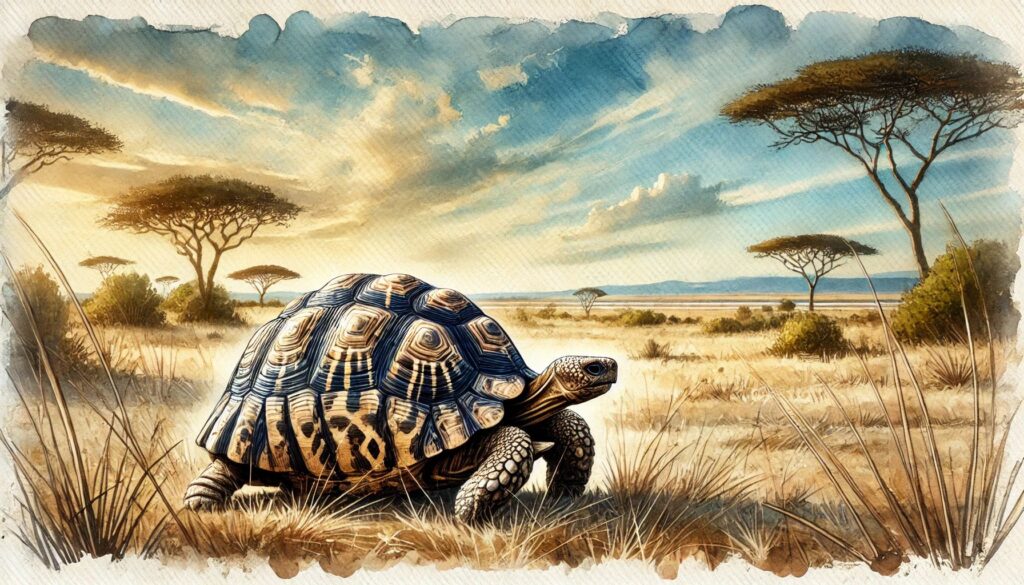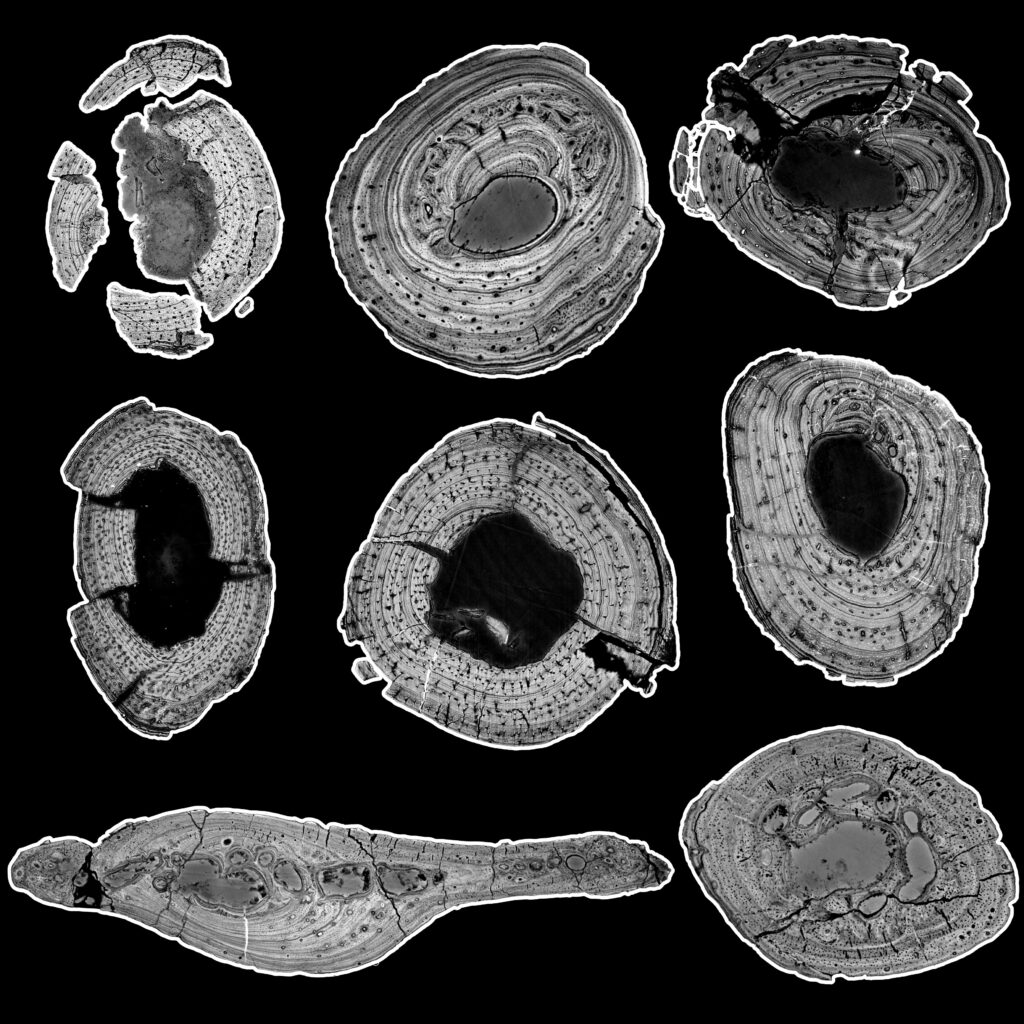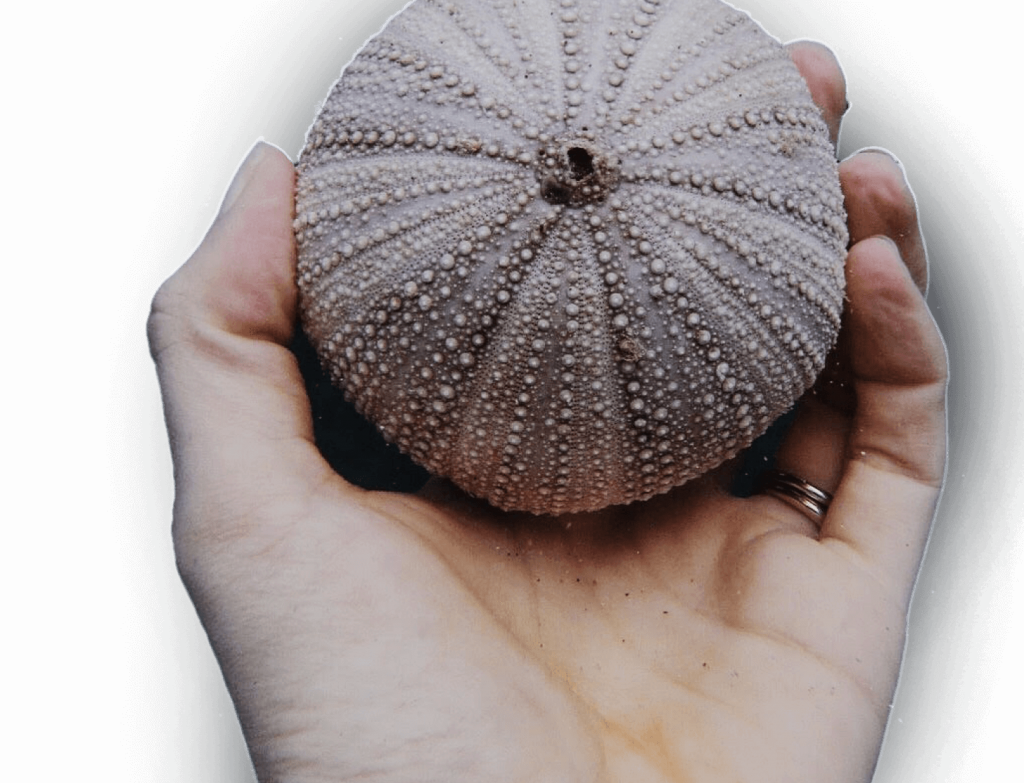Discovering Scotland’s First ‘Almost-Mammal’, Saurodesmus robertsoni
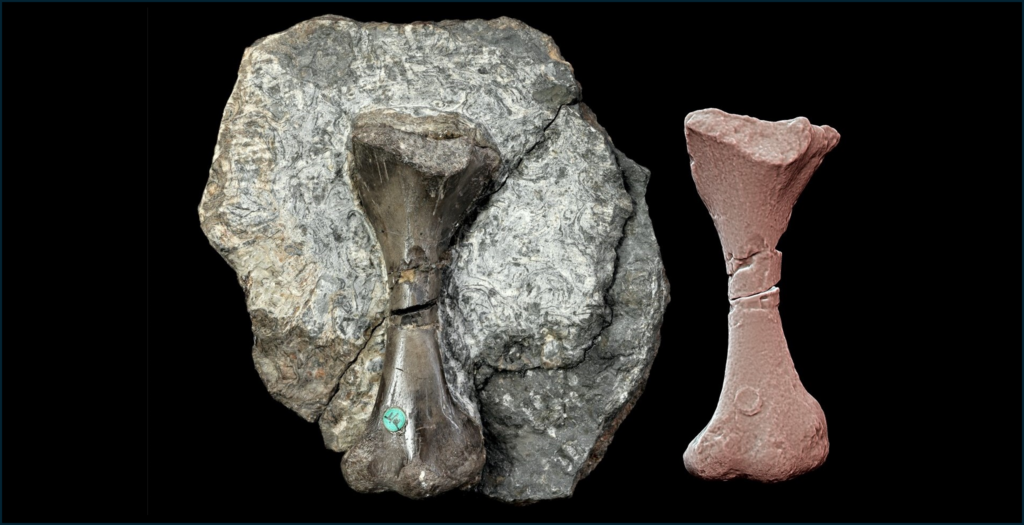
Saurodersmus robertsoni NHMUK PV OR 28877: Right femur depicted both in situ within the rock matrix (left) and after extraction (right).
Discovered in the early 1840s, Saurodesmus robertsoni is an enigmatic fossil that has puzzled scientists for over two centuries. A recent study by Dr Tomasz Szczygielski (Institute of Paleobiology, Polish Academy of Sciences, Poland) and his team of international researchers, Dr Marc Johan Van den Brandt (Wits University, South Africa), Dr Leandro Gaetano (Instituto de Estudios Andinos, Argentina) and Dr Dawid Dróżdż (Institute of Biocybernetics and Biomedical Engineering, Polish Academy of Sciences, Poland), has finally shed light on this elusive specimen, identifying it as the oldest known non-mammaliaform cynodont from Scotland and one of the earliest members of the tritylodontids.
Saurodesmus robertsoni’s story begins in the Late Triassic epoch, approximately 200 million years ago, in Linksfield, Elgin, Scotland. The fossil, a damaged femur, was unearthed from ancient estuarine shales. Initially, the specimen’s identity was a matter of considerable debate. Over the years, it was misclassified as a turtle, a lizard relative and even a crocodilian. However, none of these labels stuck, and the fossil eventually faded into obscurity.
Fast forward to the present day, where a team led by Dr Tomasz Szczygielski from the Polish Academy of Sciences embarked on a mission to re-examine this mysterious fossil. ”Despite the long history of research, our understanding of the diversity and distribution of the earliest turtles is still incomplete. Because this is one of my main interests and because the specimen was historically considered a turtle, I realised that it is worth revisiting it,” he says. “Fortunately, recent finds from all over the world revealed a lot about the limb anatomy of those animals, so we were able to perform much more thorough comparisons than it would be possible even 20 years ago. The specimen turned out to be quite peculiar and different from turtles, so we faced a quite intriguing puzzle,” says Dr Szczygielski.
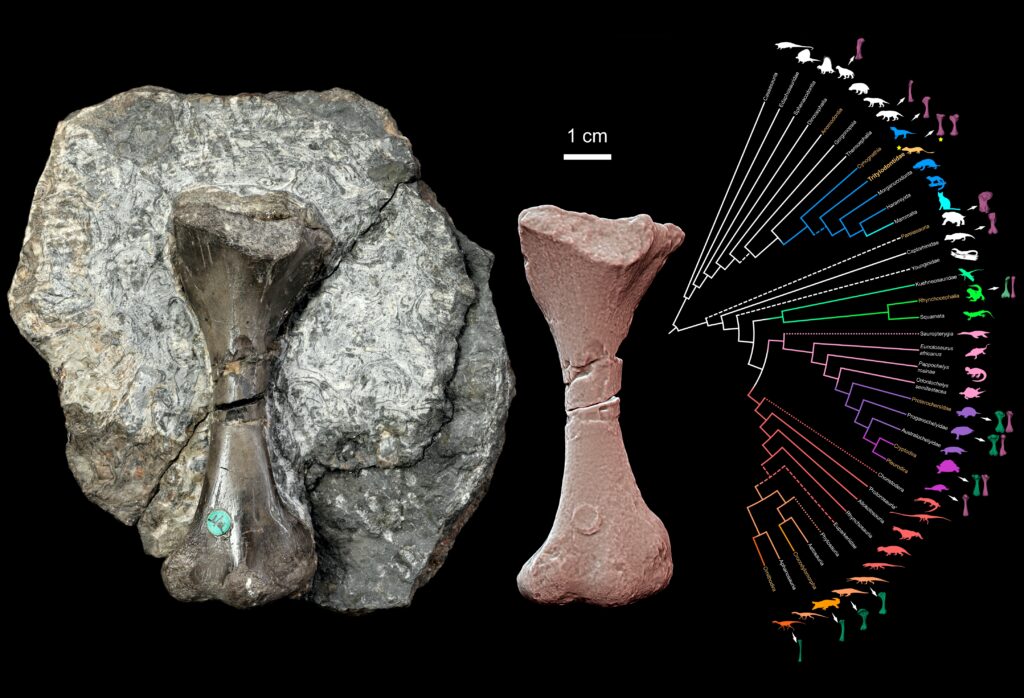
Using modern palaeontological techniques and a wealth of new comparative materials, Dr Szczygielski and his team aimed to solve the puzzle once and for all. Saurodesmus robertsoni, they determined, is not a turtle, crocodile, or any other reptile but a derived cynodont, a group of ancient mammal relatives and ancestors. More specifically, the femur’s features align it closely with the tritylodontids, a family of herbivorous cynodonts that roamed the earth just before the rise of true mammals. “Rejecting the turtle and crocodilian likenesses was relatively easy, but pinpointing the actual position of Saurodesmus robertsoni among the tetrapod family tree was more difficult. Dr Dawid Dróżdż was the first to propose that this may be a cynodont bone. This was a thrilling idea which had to be validated based on extensive comparisons with other species!” says Dr Szczygielski.
What makes Saurodesmus robertsoni so fascinating are the details of its femur. The bone exhibits several important characteristics: a medially oriented lesser trochanter, a projected femoral head offset from the shaft’s long axis, and a thin, plate-like greater trochanter. The hip and thus the position of the hindlimbs were more mammalian than in most other groups of cynodonts. “These features suggest it was well-adapted for movement, hinting at an agile lifestyle,” Dr Szczygielsk elaborates. The femur also shares traits with other tritylodontids, such as the relative expansion of its proximal and distal regions and the faint intertrochanteric crest. These similarities place Saurodesmus robertsoni within this family, simultaneously highlighting its significance as one of the earliest and most primitive members. “The study required an extensive review of literature, and also consulting original specimens from various African, Asian, European, North American, and South American collections,” says Dr Szczygielsk. “Travelling around the world would be a costly and time-consuming endeavour, so we decided to ask collection curators and researchers for unpublished photographs and 3D models. Femora are very rarely used in studies of cynodont interrelationships, and many older studies were accompanied only by simplified drawings, so we had an opportunity to look at them in a fresh way,” he notes.
The reclassification of Saurodesmus robertsoni as a tritylodontid cynodont provides a vital piece in the puzzle of mammalian evolution. This is the oldest occurrence of a cynodont from Scotland and one of the oldest occurrences of tritylodontids worldwide, so it provides valuable information about the geographical and temporal distribution of that group. Tritylodontids are part of the broader cynodont lineage, which eventually gave rise to mammals, and quite closely related with immediate mammal ancestors. Understanding their diversity and adaptations helps palaeontologists trace the evolutionary steps that led to the emergence of mammals, including humans.
This research underscores a crucial point in palaeontology: the value of revisiting and re-evaluating historical specimens. Many fossils collected in the 19th and early 20th centuries were interpreted with the limited knowledge and technology of their time. Modern techniques, such as advanced imaging and comparative anatomy, can reveal new insights and lead to significant taxonomic revisions, as demonstrated by Saurodesmus robertsoni. Dr Szczygielski elaborates, “3D imaging allows a significantly easier and more accurate work with specimens coming from various palaeontological collections, sometimes continents apart. Unusual and incomplete bones can be compared in more detail and much better understood based on 3D models than it is possible based on drawings or photographs only,” he says. When new anatomical characters are identified, the 3D models can be also revisited, and examined from all directions, and the distribution of various features may be verified much more easily than with two-dimensional images.
As researchers continue to unearth and re-examine the past, who knows what other ancient secrets will be revealed? For now, Saurodesmus robertsoni stands as a remarkable link in the chain of life, bridging the ancient world of reptiles and the dawn of mammals. At the same time, the authors of the paper continue their work on the diversity, anatomy, and function of various tetrapod groups. “The revision of Saurodesmus robertsoni brought clarification of the distribution and expected range of limb bone anatomy of turtles in the Triassic, and I will be researching this topic further,” Dr Szczygielski explains.
